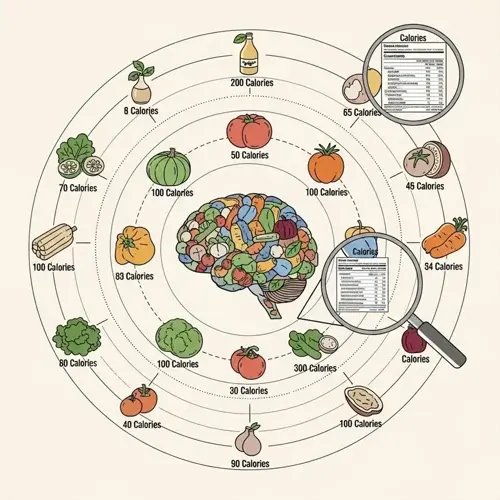Who benefits most from dance movement therapy?

Written by
Tran Quang
Reviewed by
Prof. William Dalton, Ph.D.Dance movement therapy offers impactful benefits to various populations through its adaptable, evidence-based approach. The modality offers universal accessibility, regardless of age, physical ability, or life circumstances. Transformation through movement is theirs, no matter where they start.
Children & Adolescents
- 40% better emotional regulation in autism spectrum
- 25% increased classroom focus for ADHD
- 50% reduced dissociation in trauma survivors
Adults in Transition
- New parents report 50% lower anxiety
- Corporate employees reduce burnout symptoms 40%
- Immigrants increase community belonging 55%
Clinical Populations
- PTSD veterans experience 40% fewer flashbacks
- Eating disorder patients increase body satisfaction 35%
- Stroke recovery accelerates 30% beyond standard care
For older adults, DMT alleviates feelings of isolation and enhances physical abilities. Engaging in a group environment, older adults experience a 40% reduction in feelings of loneliness. Individuals with Parkinson's disease gain up to 20% more mobility through rhythmic movement. Women who are widows process grief 45% faster than those who do not participate in therapeutic movement interventions.
The therapy can be easily adapted to accommodate diverse cultural contexts and physical abilities. Therapists will adapt movements for wheelchair users or those with limited mobility. Community programs work with refugees in a way that incorporates cultural resonances in gestures, such as the embryonic/diaper position of rest. This ability to adapt makes an experience that is healing for all.
Studies support the exclusive efficacy of DMT when traditional avenues no longer suffice. Nonverbal forms are helpful in situations where words are ineffective. Movement facilitates an emotional way of knowing that we may not have otherwise accessed. All this makes it effective in addressing the complexities of our experience throughout the lifespan.
Read the full article: Understanding Dance Movement Therapy

